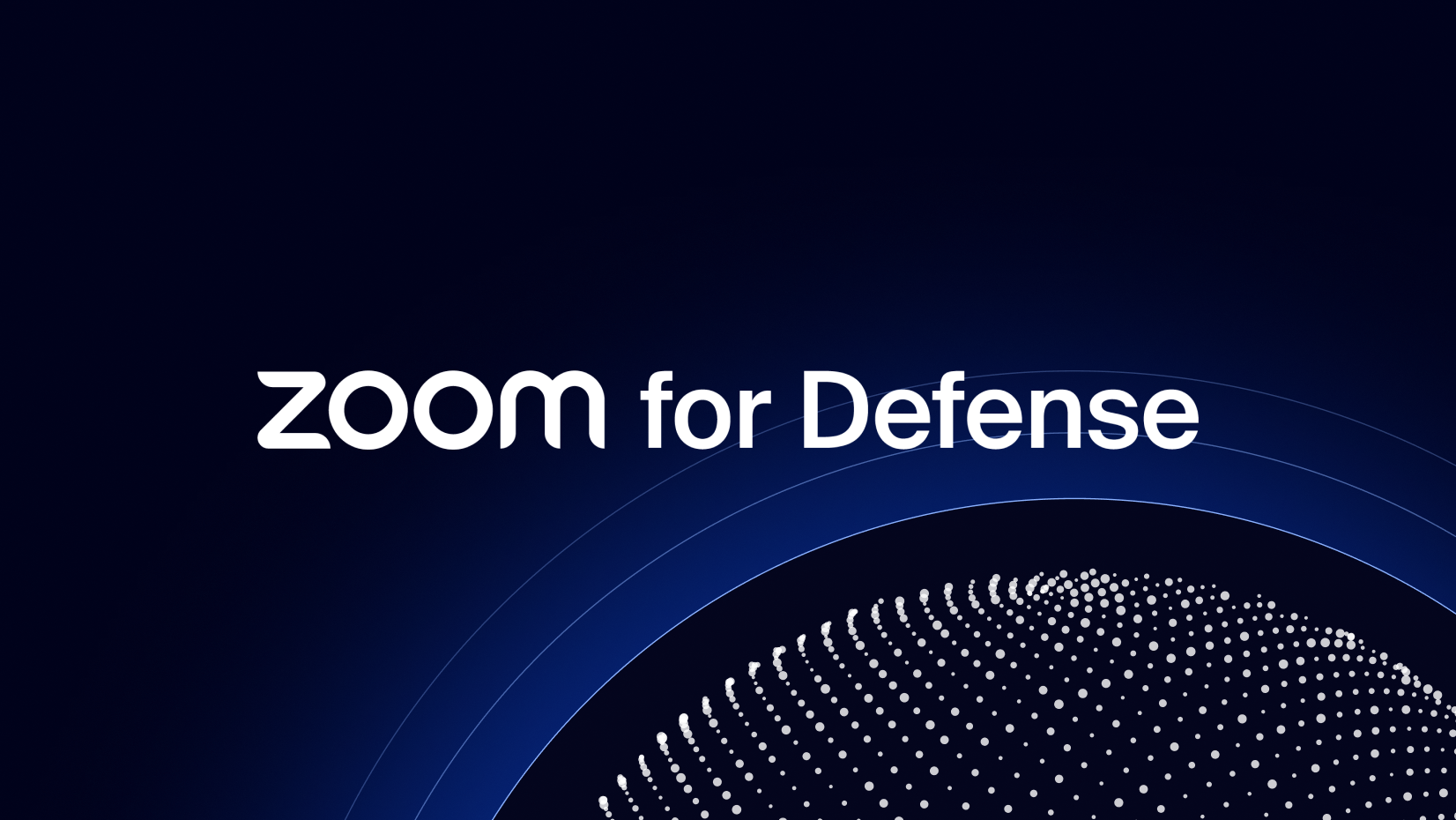Security needs to be present at the start of any program, process, and product. This goes for any organization across every industry, but nowhere is it more vital to our national well-being than the public sector.
Today’s government agencies need solutions that help protect the exchange of important and sensitive information, all with the right controls in place for compliance. That’s where Zoom for Government comes into play.
Specifically designed with federal security requirements in mind, our Zoom for Government platform comes with key security features and helps support relevant compliance requirements to facilitate safe and secure government operations.
Here’s a look at six key ways Zoom for Government works to protect your information.














